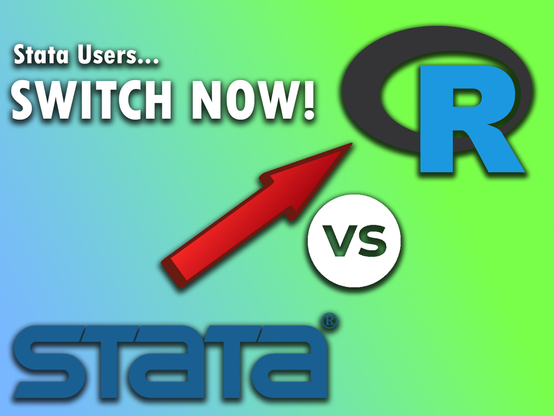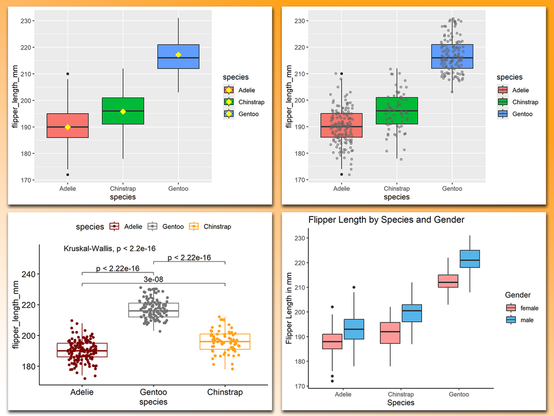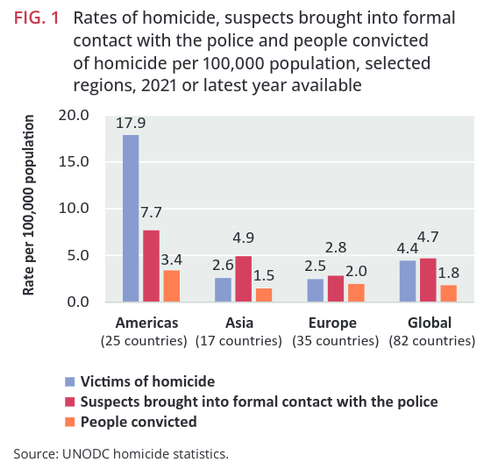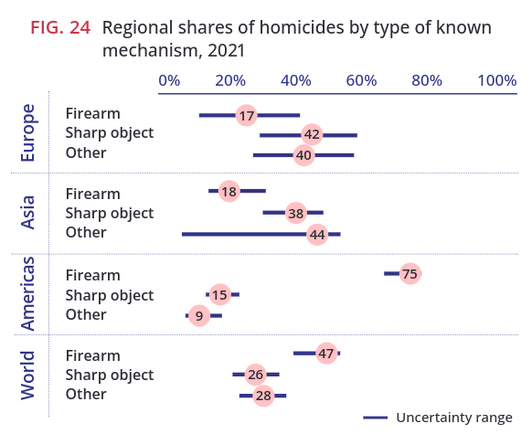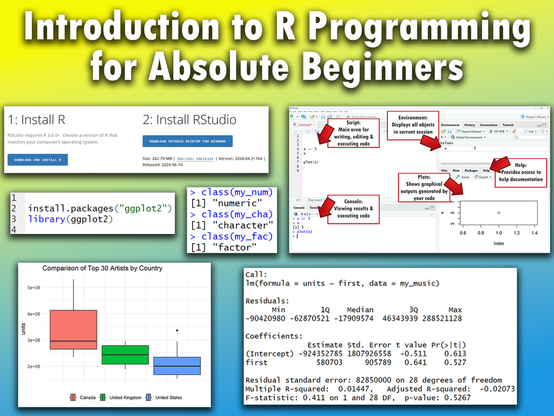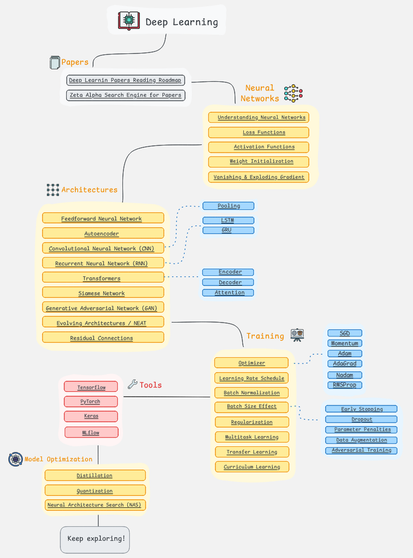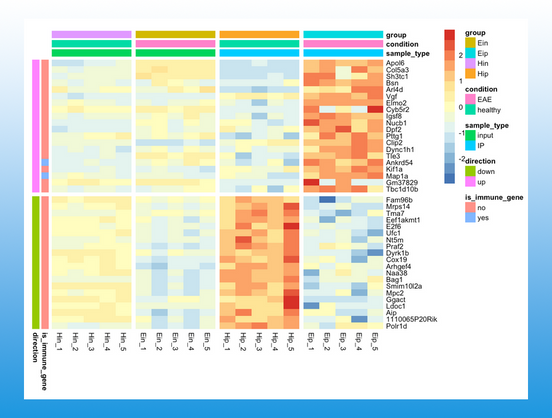I recently discovered the tidyplots package in R, and it’s impressive how effortlessly it enables you to create beautiful, publication-ready plots.
The example visualizations shown here were created by the package author, Jan Broder Engler, and are featured on the tidyplots website: https://jbengler.github.io/tidyplots/
Click this link for detailed information: https://statisticsglobe.com/online-course-data-visualization-ggplot2-r
#statisticsclass #datavisualization #advancedanalytics #rprogramminglanguage #visualanalytics #package #tidyverse

